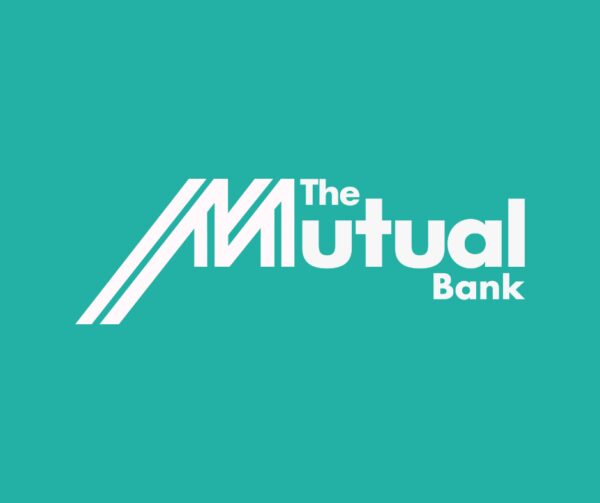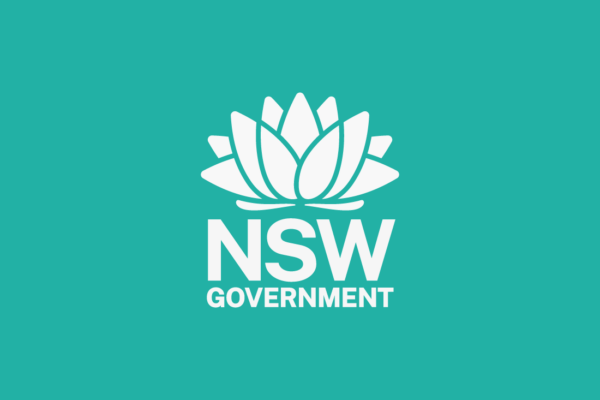If you’ve ever tried to drive in thick fog, you’ll know the feeling: slow, hesitant, stressful, tiring. Those feelings align pretty closely to how it feels when you’re working in a poorly defined organisational culture. People can’t see the road ahead, so they second-guess decisions, duplicate effort, and burn energy on everything except the work that matters.
A poorly defined culture can quickly give rise to a negative culture, where a toxic work environment causes employees to feel disengaged, undervalued, and unsupported. In such an environment, employees feel disconnected from their teams and the organisation’s purpose, which erodes trust and leads to poor performance and outcomes.
At Seed People Consulting, we help leaders connect the cultural dots so teams move in positive, productive sync.
What an “uncertain” or “poorly defined” organisational culture looks like in practice
Here are the everyday tells we see (and you might recognise):
- Rules that shift with the wind: Policies say one thing, leaders reward another. People learn to wait and see what gets applauded this week.
- Decision fog: No one knows who decides – or, worse still, people who are meant to decide fear making the actual decision. Work crawls as teams seek endless sign-offs, or speed ahead and get reprimanded later. Hierarchical structures can reinforce decision fog by creating rigid boundaries and slowing down decision-making.
- Silo skirmishes: “Us vs them” thinking overrules the “we”. Projects stall at borders, tensions rise, and processes split in multiple directions. Traditional hierarchical structures often contribute to these skirmishes by reinforcing departmental ‘turf’ and boundaries.
- Hero culture: Fire-fighting and last-minute saves are celebrated; planning, process and strategic thinking are sidelined.
- Low candour: The real meeting happens after the meeting. Issues go underground, then resurface as surprises or alternative stories and rumours. Ineffective communication styles contribute to this, making it harder for issues to be addressed openly.
- Brilliant jerks: High performers who poison the team with low-trust behaviours are tolerated because they “deliver”.
The costs to your organisation? Slower time-to-decision, increased rework, missed opportunities, rising turnover and, most cutting, declining trust.
Why alignment matters
What’s the flipside of this? When everyone’s on the same cultural page we see:
- Decisions are faster: Clear guardrails, clear owners, strong accountability, even when mistakes are made.
- Customer experience is consistent: Values show up in team behaviours, not just posters. This plays out further in customer experience, which mirrors the engagement team members have through consistent values.
- Engagement and retention lift: Fairness and clarity are just as important as perks and salary. Connect with your team, and connect your team to each other, and they perform. A positive culture supports long-term engagement by fostering trust, belonging, and alignment with organisational values.
- Innovation rises: Psychological safety + accountability = smart risk-taking.
Social events (beyond the ping-pong table in the team room) and cross-functional projects play a key role in building a strong culture. They help employees connect, foster collaboration, and create opportunities for shared knowledge, which strengthens alignment and supports overall organisational success.
Turnarounds that hinged on the culture (and the moments that mattered)
It may seem too simple to be true, but let’s review some real examples. As highlighted in a Harvard Business Review study, successful cultural transformation hinges on leadership, structured processes, and aligning culture with strategic goals:
- Ford (2006–2014): From fear to facts
New CEO Alan Mulally introduced the weekly Business Plan Review with red/amber/green reporting. For weeks everything showed “green” (nobody wanted to be the first with bad news) until one leader finally flagged a program as “red”. Mulally applauded, not punished, the defining moment that normalised truth-telling and collaboration, and kick-started Ford’s cultural reset. (Forbes) - Microsoft (from 2014): From “know-it-all” to “learn-it-all”
Satya Nadella anchored the culture in a growth mindset, rewired collaboration across silos and refreshed performance conversations. The shift from internal competition to curiosity became the engine for renewal across cloud, developer and device ecosystems. Leadership played a critical role, using strategic planning to drive cultural transformation and leveraging artificial intelligence to foster innovation and adaptability in the company’s culture. (Harvard Business Impact) - Uber (from 2017): Naming new norms
After a series of scandals, Dara Khosrowshahi published Uber’s new cultural norms (including “We do the right thing. Period.”) and rebuilt expectations of how power, accountability and respect show up day-to-day. The public reset was a visible line in the sand for behaviour. The critical role of leadership and strategic planning was evident in Uber’s cultural transformation, as company culture and corporate culture were redefined to shape employee behaviour and rebuild trust. (TechCrunch) - LEGO (mid-2000s): Back to the brick
With the company near collapse, CEO Jørgen Vig Knudstorp simplified the product range, exited distractions and re-centred the culture on craftsmanship, customer co-creation and disciplined focus – the cultural backbone of its business revival. LEGO’s turnaround focused on core values and challenging underlying assumptions to realign the organisation’s culture. The company became more internally focused, strengthening cohesion and rebuilding its foundation. (bcg.com)
These examples demonstrate the positive impact of cultural transformation on employee commitment and overall company performance.
Bringing it all together to improve organisational culture
Culture doesn’t change because we publish a poster. It changes when leaders model, reward and protect the behaviours that match the strategy – especially in defining moments. Whether you’re a listed giant or a small family business, clarity beats charisma every time.
If you’d like help connecting your cultural dots, and turning fog into forward momentum, we’re here to help.




